5 simple ways to improve your wellbeing with your interior design choices
Here are five simple ways to help create the perfect retreat with interior design


We spend a lot of time indoors and over the last few years, more and more people are also working from home. While we all need a good balance between being indoors and getting plenty of fresh air, there’s no doubt that our sense of wellbeing is intrinsically linked to how we feel in our homes.
We all want to be happy at home and choosing the right interior design elements can go a long way to helping us feel more upbeat and content in our own space. The idea is to create a space that’s conducive to positive thinking, as well as a place that’s easy to relax and spend time in.
Implementing some simple home ideas can make a huge difference to your space. We spoke to interior design experts to get their ideas on ways to enhance your wellbeing through interior design and boost your mental health at the same time.
5 ways to enhance your wellbeing with interior design
From the colors you choose to the shapes of your furniture, even the smallest design decisions can affect your mood. And it's so important that your home only has a positive impact on how you feel, you want that drop of shoulders, zen-like emotion when you walk through your front door, or into your bathroom, or lie down in your bed. And it doesn't take much to achieve this, just a few key areas to focus on and switch around and your home can feel more relaxing and help enhance your wellbeing.
1. Choose the right colors for different moods
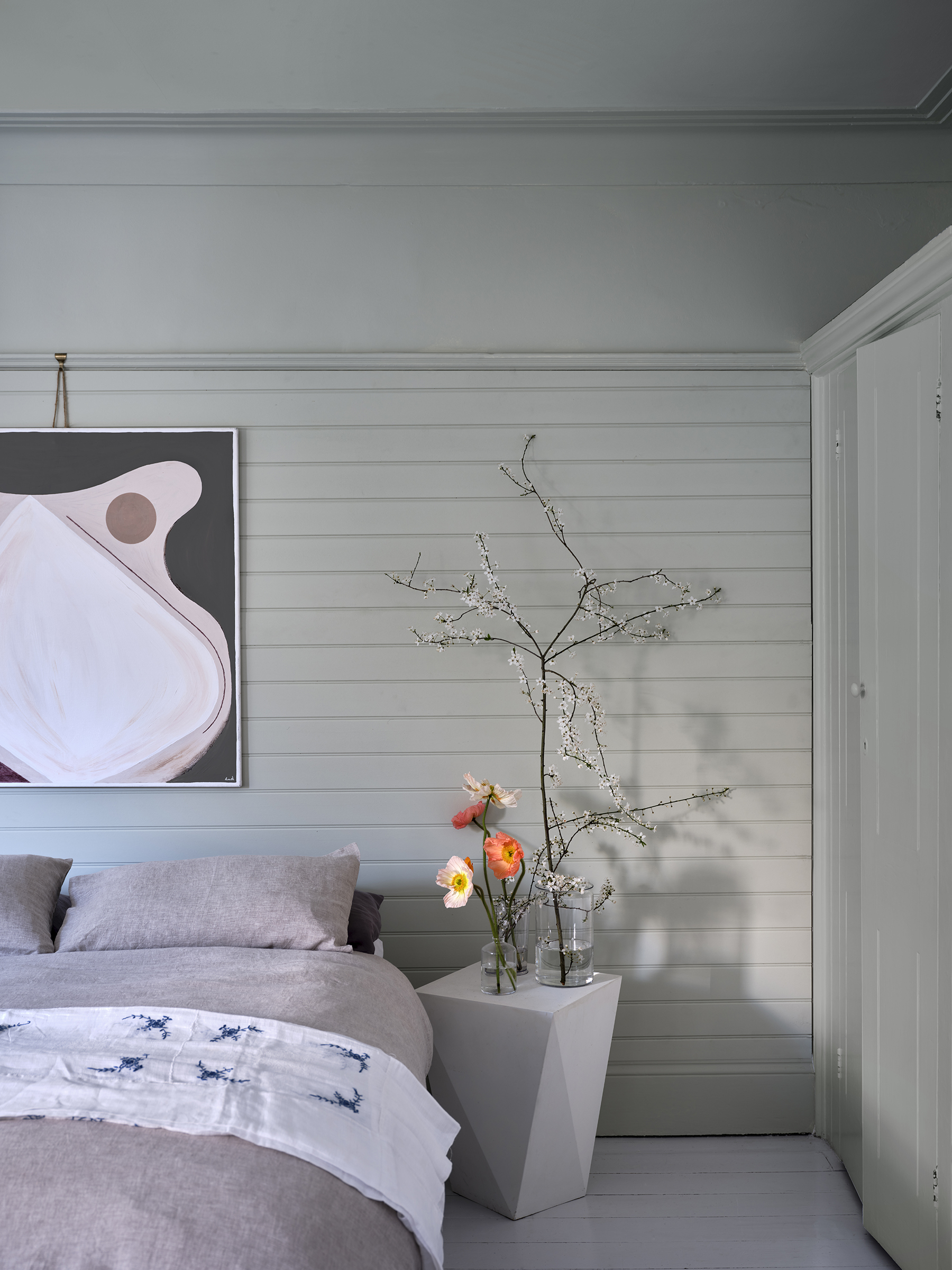
Without a doubt, color is one of the elements in your home that can have the greatest effect on your feelings of wellbeing. ‘For me, color is the most powerful, exciting, and universal tool in interiors, it is the simplest way to make your home immediately joyful and optimistic,’ explains designer Matthew Williamson. ‘I’ve always been drawn to bright, bold, and expressive color combinations that lift the spirit and personally, I am much happier in a room of color than a white, clinical space.’
‘I always say that the first step when choosing a color for a particular room is to always think about how you want to feel in that space. Do you want to feel calm and relaxed? Choose cool tones, from blue to green, and then work with a few additional shades similar to this color base to dress the room with larger items. This creates a stylish, harmonious feel. Do you want to feel energized? Throw in some fuchsia pink velvet cushions or paint a picture frame neon orange to inject some personality first. If you love the result, go bigger.’ he adds.
Patrick O’Donnell, International Brand Ambassador for Farrow & Ball agrees that those greens and blues are the most likely to have a positive impact on your wellbeing. He points to the science behind decorating with green, ‘Green is the ultimate color group that color psychologists always suggest to imbue calm. At the bolder end of the scale, Yeabridge Green offers those life-affirming qualities of new life and the promise of spring with its zesty richness. It makes for quite the most wonderful kitchen color, especially when allied with an empathetic, calming white. Softer greens like Eddy and French Gray bring a touch of tranquillity to every space, particularly bedrooms for the ultimate relaxing feel.’
Design expertise in your inbox – from inspiring decorating ideas and beautiful celebrity homes to practical gardening advice and shopping round-ups.
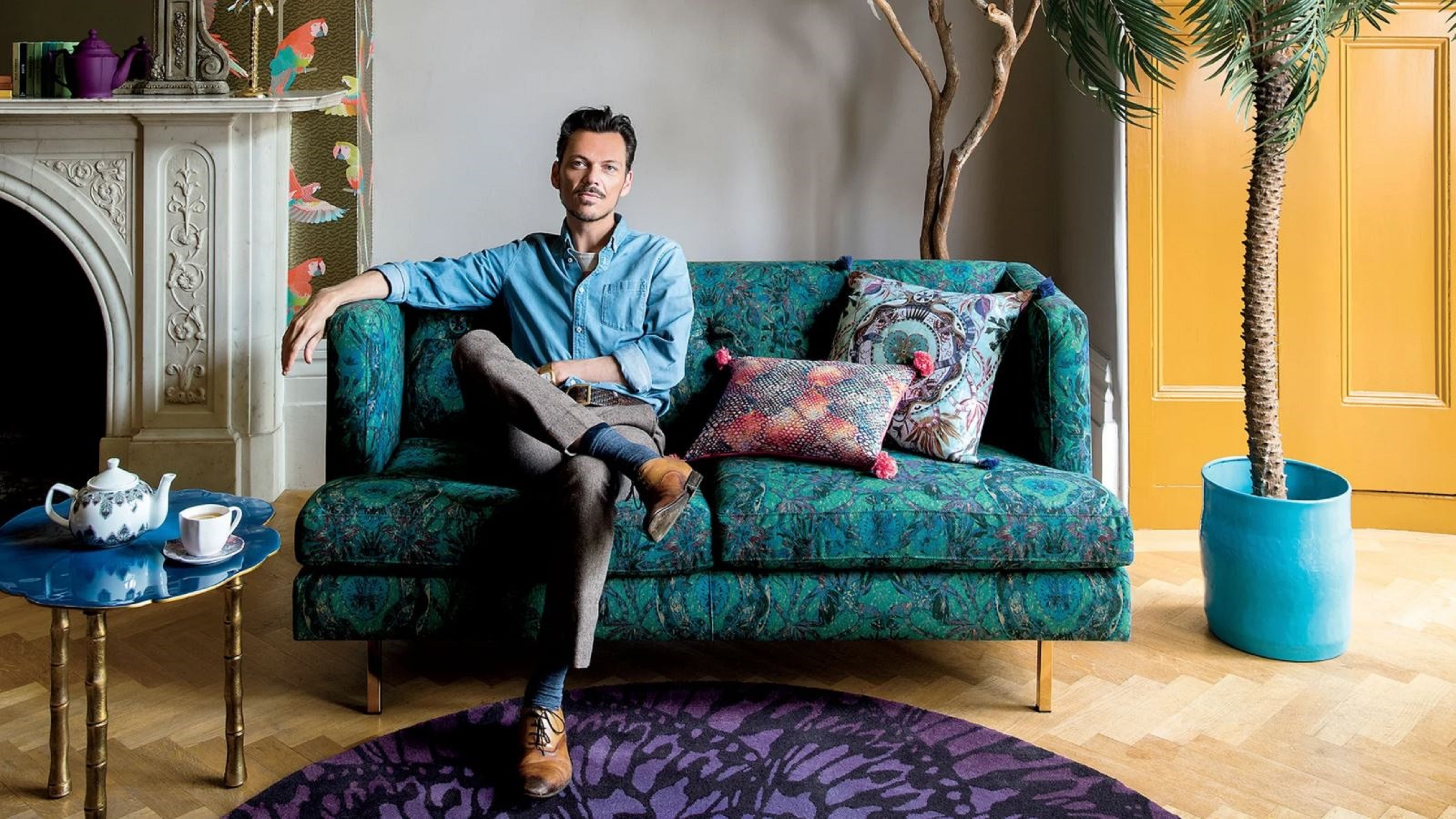
Matthew Williamson is an award-winning British interior designer, known predominantly for his unique and unrivalled use of pattern and colour. Having begun his illustrious career in fashion under his namesake brand over 20 years ago, Matthew has drawn on his decades of experience and pivoted seamlessly into the world of interior design.
2. Let there be light
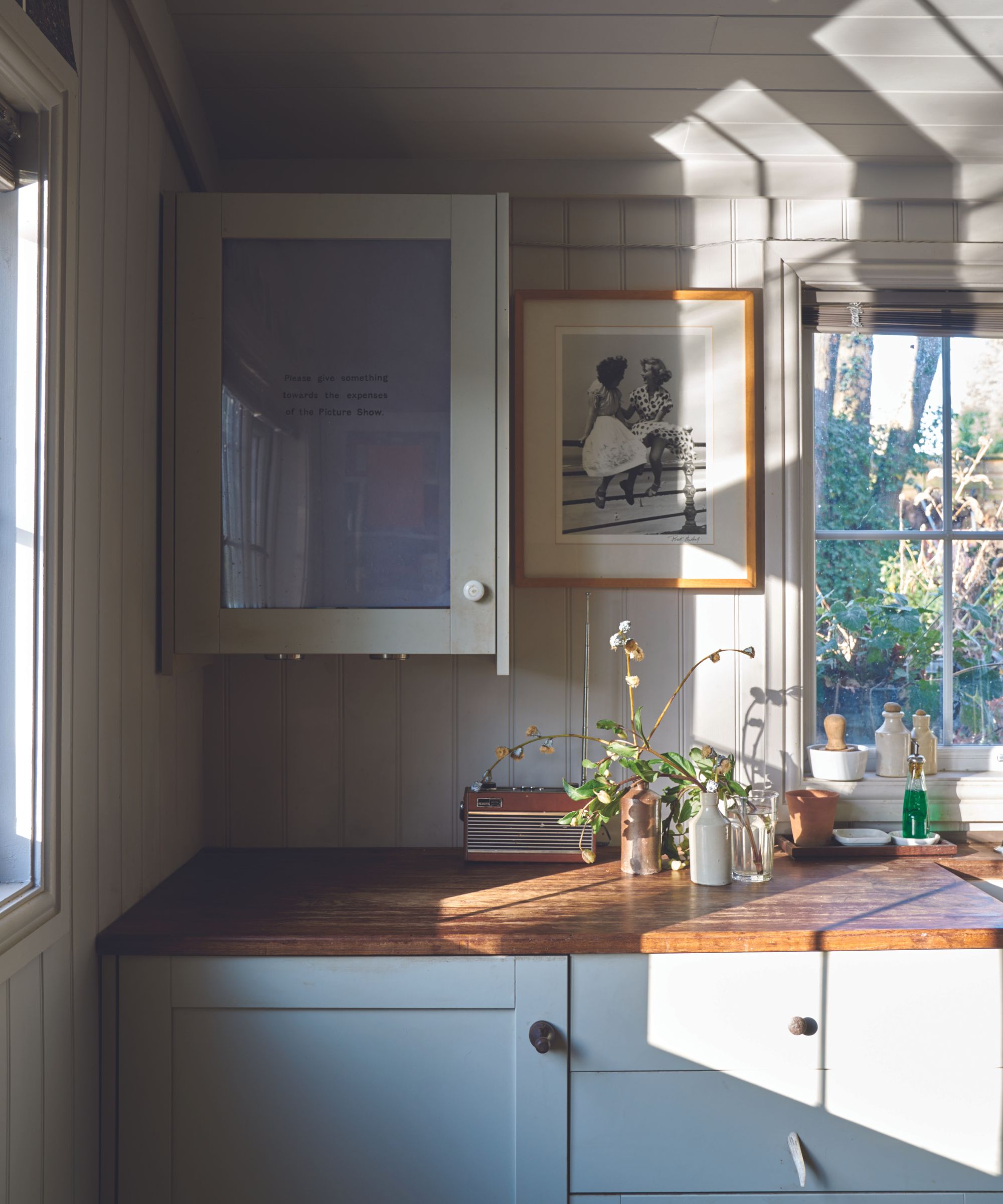
We all know the importance of natural light, but the right lighting ideas utilized in our homes can have an enormous impact on our wellbeing. Nick Cryer, founder of Berkeley Place expands on this, ‘Improve your well-being through interior design by playing with different types of lighting. Use ambient lights, task lights, and accent lights for a cozy and welcoming feel. Choose warm-toned LED bulbs for a pleasant atmosphere. Ensure ample natural light by placing windows or skylights strategically. Get adjustable light fixtures to match various activities and moods, turning your space into a relaxed and uplifting haven.’
Of course, as important as light is, the ability to unwind and relax through the evening before we go to sleep is equally important, as designer Amy Youngblood, explains, ‘Let in the light and use appropriate window treatments. For each space, consider the use of the room and room darkening options. For example, highly used spaces during the day need even more light at night, so simple light filtering shades or simply decorative valances of drapes are perfect. For bedrooms, depending on your sleep style, light-blocking shades or drapes can be a good idea.'
3. Bring nature into your home
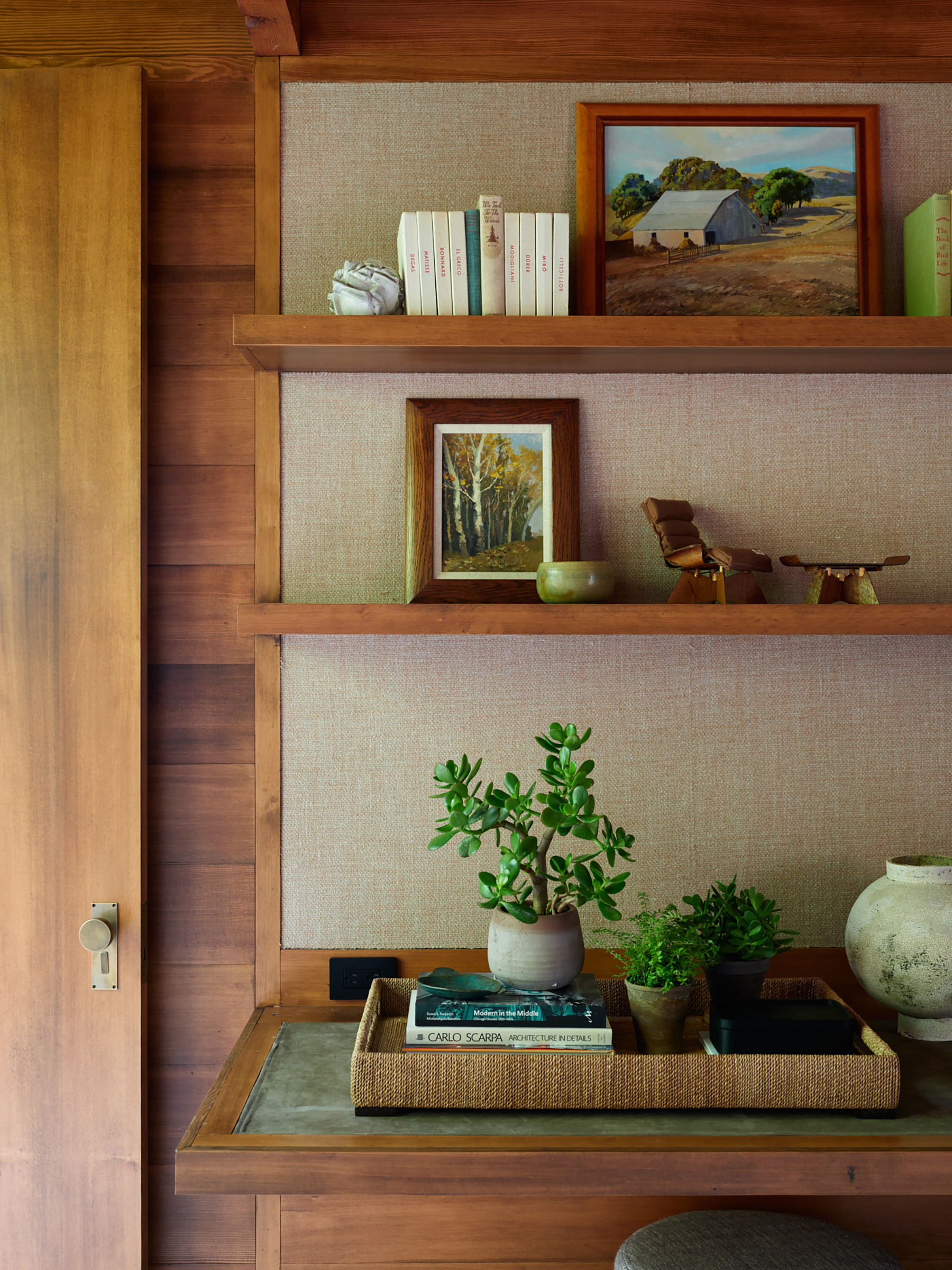
Photograph by Roger Davies for Robbins Architecture
‘Incorporating nature is an ideal way to enhance your wellbeing with interior design, says Celeste Robbins, founder of Robbins Architecture. ‘There is something healing and incredibly luxurious about being in the comfort of our home experiencing the seasons and the dance of natural lighting playing across a room through the day.'
'One way I like to celebrate nature’s timeless beauty is to bring simple elements found outside and set it on a shelf as part of the composition. A bird's nest, a wonderful plant, or a simple collection of acorns can stop and remind us of the artistry that surrounds us. Nature’s timeless beauty is always there for us. These intimate gestures are a simple way to bring its serenity into the life of our home,' she adds.
Ksenya Malina, founder of Time & Place Interiors advocates the use of natural elements from nature in the home, ‘You can summon harmony and tranquillity in your interior design scheme by leaning into nature’s subtle patterns: real wood furniture of mixed tones, organic accents like a large carved onyx bowl, or a shapely branch inserted into a ceramic vessel.’

Time & Place Interiors founder Ksenya Malina runs a New York-based studio based on her passion for artistry, sustainability, and preservation. The designer is guided by the ethos that 'our homes provide the background to living our best lives' –therefore creating opportunities for her clients 'to enjoy authentic everyday beauty.'
4. Invest in pieces that make you happy as well as fulfilling functions
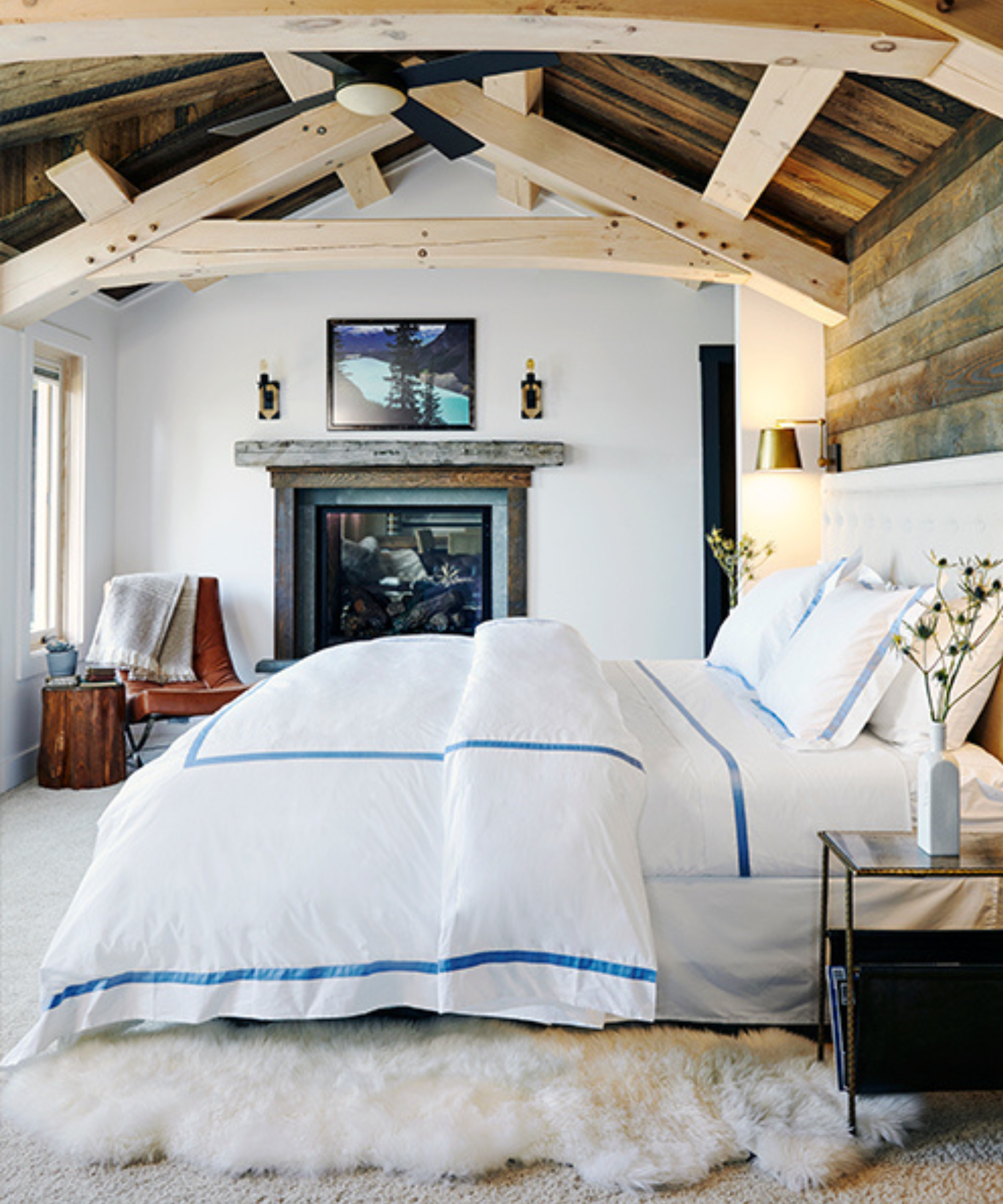
‘Making strategic updates to your interior design has the potential to both make your home more practical and functional, but also boost your mood and help you feel more relaxed, says designer Kathy Kuo, CEO of Kathy Kuo Home. ‘For example, investing in the perfect console cabinet for your dining room is going not only look great, but it's going to offer you so much storage space for dishes, glassware, and table linens. Plus, it offers an additional surface for placing things that delight you—like artwork, family photos, vases of flowers, or favorite scented candles.’
This could be a perfect opportunity to decorate with vintage or thrifted pieces that can add a personal touch to your home and give your rooms a style that’s all your own. There’s also a softer feel to a lot of antique furniture, which helps to create a more restful and welcoming environment.
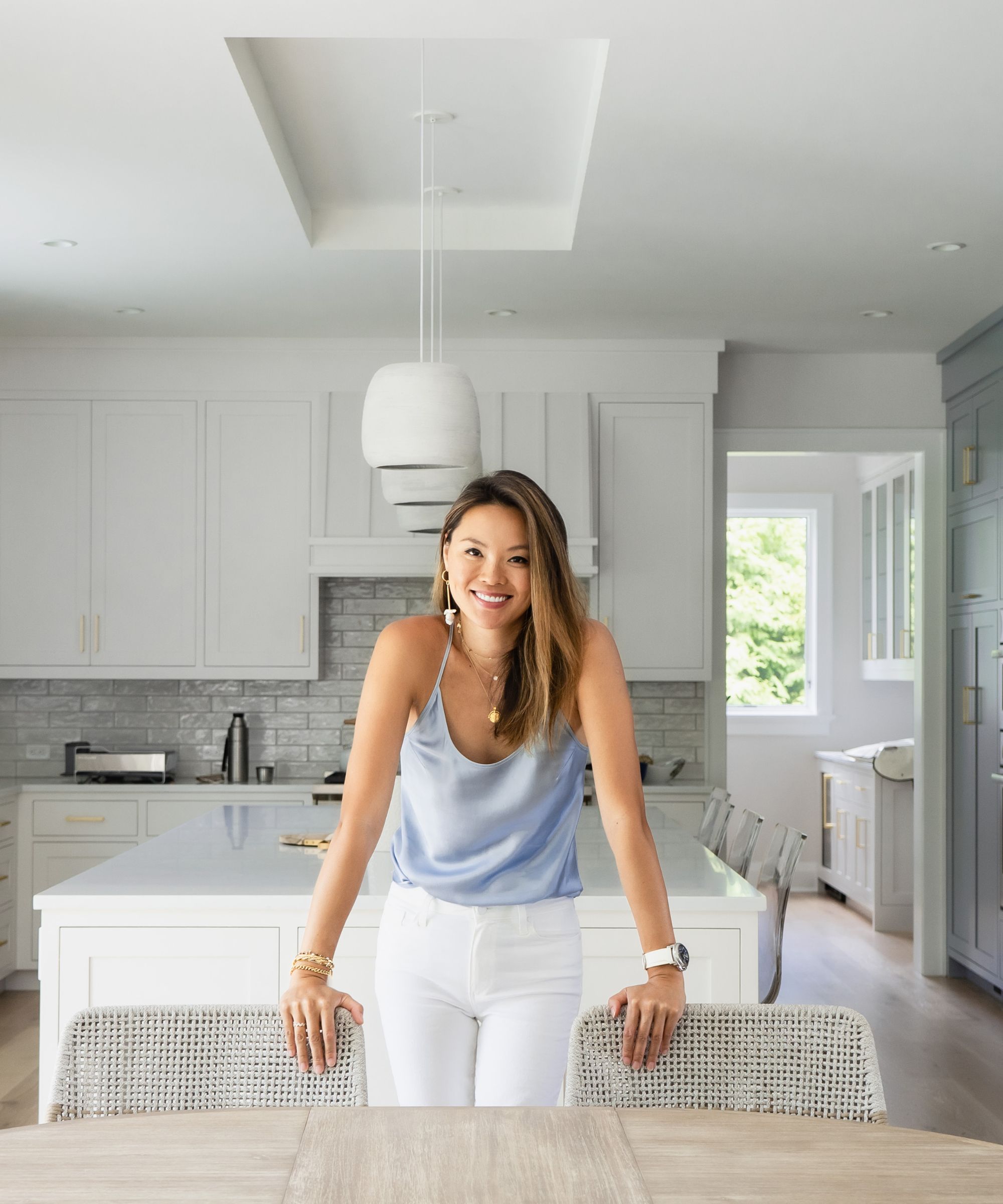
Kathy Kuo is the CEO of Kathy Kuo Home, a recognized TV personality, and a celebrated interior designer. Published in the press as an international guru within the home and lifestyle space, Kathy has an unmatched eye for curating, sourcing and designing luxury furniture and homewares. Today, she continues to develop one of the fastest growing online platforms in the home and design industry. Kathy has 20+ years of experience in the home industry and now serves as a speaker and activist for female entrepreneurs. It is her mission to support women to intentionally grow and scale value-focused teams.
5. Add in some natural fibers
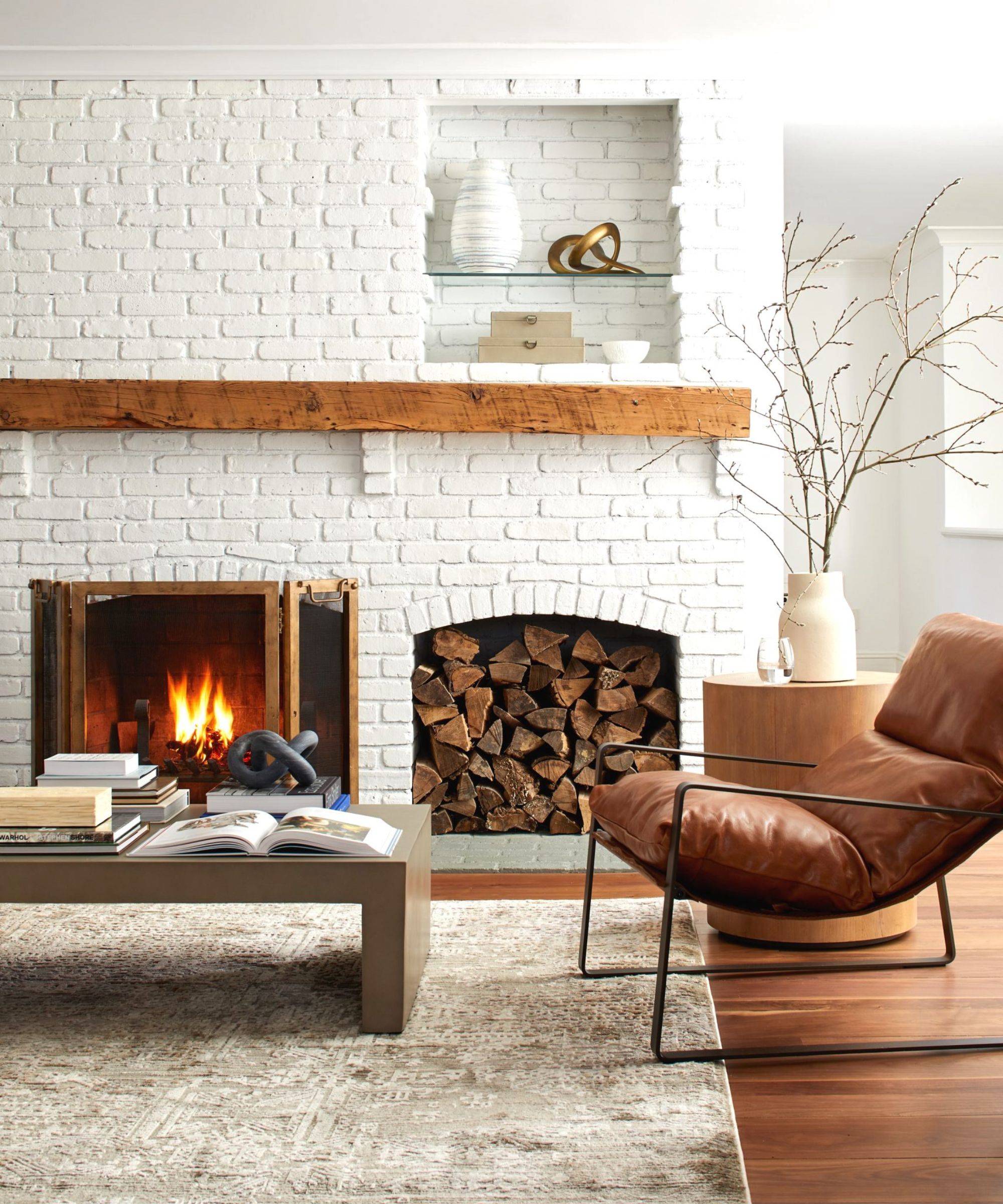
‘Natural fibers in furniture are a great place to begin bringing health into your home,’ says Ksenya Malina. ‘Unlike synthetics doused in chemicals, which are often found in cheap throwaway furniture, natural materials like wool, linen, alpaca, cotton, and silk don’t emit harmful volatile organic compounds (VOCs) that disrupt your body’s respiratory and endocrine processes. They also feel more luxurious.’
Fabrics that feel good against our skin help to trigger endorphins and make us feel good, which is a surefire way to improving our wellbeing and mental health. And a few touches of luxury around the home also help to elevate the look and feel of each room.
Using interior design to improve your wellbeing doesn’t have to be ruinously expensive. By making a few simple changes, you can turn your home into a welcoming sanctuary to spend time in.

Jo Plumridge is a freelance writer and photographer with over 20 years of experience writing for a variety of magazines, websites and books. She writes, perhaps unsurprisingly, about photography, but also on all things interior design and sleep-related, alongside reviews of home and tech products. Jo loves exploring the latest design trends, although she’s yet to find a carpet that doesn’t show up the cat hair from the cats she and her husband foster.